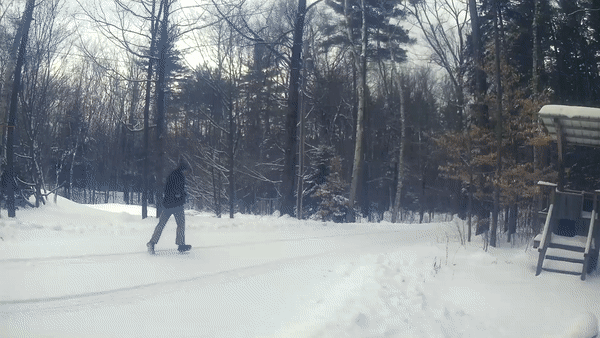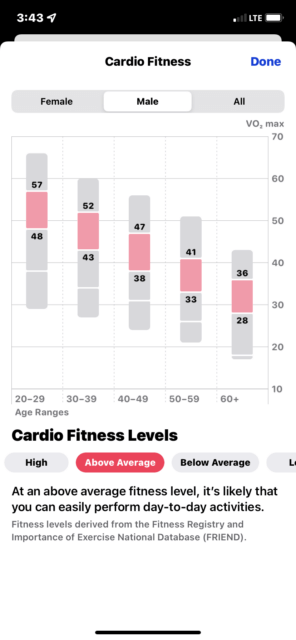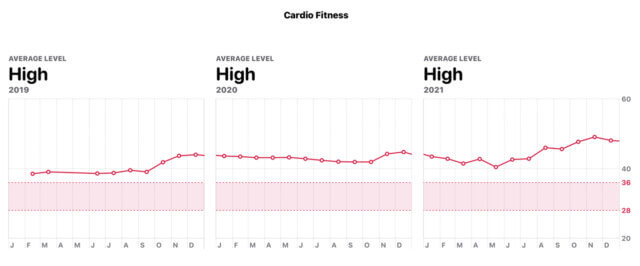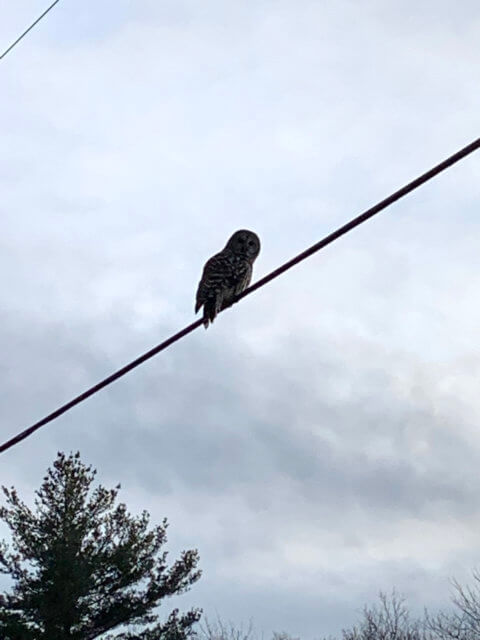
Why I (mostly) run every day
I still haven’t experienced a “runner’s high”. Until recently, I was not enthusiastic about going out on my daily run. Yes, when it was over I felt good, but psyching myself up to start and the actual running itself was challenging.
It stayed that way for a couple of years. Running got easier (see below), but running every day felt more like a have-to than a pleasure.
And then, a few weeks ago, something changed.
To run every day felt easy enough. It felt comfortable and right.
I didn’t expect to get to this point. At 70, I’ve become familiar with a typical growing host of — to date, relatively minor — ailments and declines in functional abilities. My short-term memory is not what it was, and my stamina has decreased. Small aches and pains are a part of everyday life, and I heal slower from injuries.
So to actually get better at doing something physical as I age, and gain a corresponding better attitude surprises me!
Here are the components that seem to have contributed to this change of circumstances.
Successfully dealing with physical issues
As described in this post, when I started running I just went out and ran. I didn’t research how to begin this new activity. I didn’t consult a trainer. And I didn’t ask my few friends who run for help.
As you might expect, I encountered a series of physical problems that could have derailed my running completely. They took quite a while to resolve.
One thing I had in my favor was that I wasn’t interested in competing with others or even myself. I was only looking for enough exercise to elevate my heart rate over most of a thirty-minute period. Today, I am still running the same route I set myself when I started. Aware that a physical problem could curtail my running, I also listen to my body. A knee twinge makes me slow my pace or walk. When the problems described below occurred, I sought help.
Shoulder issues
After a couple of months of running, I realized that my shoulders were hurting. (It took a while to make the connection between running and shoulder pain; at first, I thought it was some other activity that was responsible.)
It turns out there can be many different reasons for shoulder pain when running. (Here are a couple of articles that may be helpful [1, 2].) In my case, I figured out that running was exacerbating existing minor rotator cuff pain. The causes, identified over the next few weeks, were poor posture, clenching my fists too tightly, and over-pumping my arms while struggling up hills. So I started running with my arms dangling by my sides, which helped immensely.
Eventually, I cautiously introduced a less pronounced arm motion, keeping my fists relaxed. As my legs grew stronger over the next few months, running with an easy arm motion became habitual, and my shoulder issues disappeared.
Tight hamstrings
During my second year of running, I noticed that my hamstrings felt sore after running. Initially, the soreness would manifest at the start of the next day’s run. Eventually, the discomfort continued during running and afterward. My physical therapist prescribed hamstring and iliotibial band (IT) stretches, which I now do faithfully after each run to avoid this problem.
Right now, things are good!
It’s taken a couple of years, but I now routinely run almost every day and have not had any significant physical symptoms for some time. Perhaps I could have avoided some of the problems I’ve described by getting more advice when I began. From what I’ve read, however, it’s hard to give general advice on the kinds of problems novice runners may experience — we’re all so different! Regardless, I’ve learned a lot!
Figuring out what to wear
I’ve already covered elsewhere what I’ve learned about what to wear when running, both seasonally and on my feet in winter, so I won’t repeat it here. I’ll just add that I’ve upgraded my dirt road running shoes to Hoka — specifically their Men’s Challenger ATR 6 — with the addition of custom orthotics. This has been a great choice for me (and, I’m told, many other amateur runners).
Being comfortable in a wide range of climate conditions is essential if you’re going to mostly run every day.
My cardio fitness level has improved a lot!
My Apple Watch can estimate my cardiac fitness, based on the time it takes for my heart rate to return to post-exercise levels. The watch calculates a cardiac fitness metric called VO2 max. The graphic below shows Apple’s guidelines to VO2 max ranges for average cardiac fitness. (VO2 max units are mL/(kg·min), in case you were interested.) As you can see, the range depends on sex and age. For me, a VO2 max greater than 36 is above average.
I began running in July 2019. Here’s my VO2 max graph for the period February 2019 through December 2021. Since I started running, my VO2 max has increased from 38 (slightly above average) to 48 (well above average), a ~26% increase. For what it’s worth, according to this academic publication, “An increase of 25% in VO2 max…is equivalent to gaining back an estimated 12 years of vigor to one’s lifestyle.”
Though I don’t know the accuracy of my watch’s estimate, this trend is encouraging!
Conclusion
I run most days, not every day. And that’s okay. In general, I only skip running if:
- I’m sick or injured. (This hasn’t happened for quite a while now.)
- The weather is appalling, and I don’t feel like facing it. When this (rarely) happens, it’s easy for me to substitute some other kind of exercise, like stacking wood, working at my treadmill desk, or shoveling snow.
- My day is too busy for me to spare 30 minutes to run. (Unfortunately — or fortunately, depending on your perspective — the COVID pandemic has almost eliminated my opportunities for extensive work and vacation travel that sometimes made it hard to fit in a day’s run.)
Even after a couple of years of tracing the same route most days, running can still surprise me. The bird songs and chirps I hear change with the seasons. A few months ago, I saw a black bear and her cub drinking at the pond I run to. And recently, I spent a while communing with this barred owl on a wire, just fifteen feet away.
At my age, I’m aware that a single injury could bring my running experience to an end. So I’m careful, avoiding ruts, slowing down for super slippery conditions, and doing my best not to overextend myself. Nevertheless, the eventual slow decline of my physical capabilities will eventually change what I’m capable of.
Until then, I plan to (mostly) run every day!




I love that your running has evolved into a enjoyable adventure !!! Long may you run